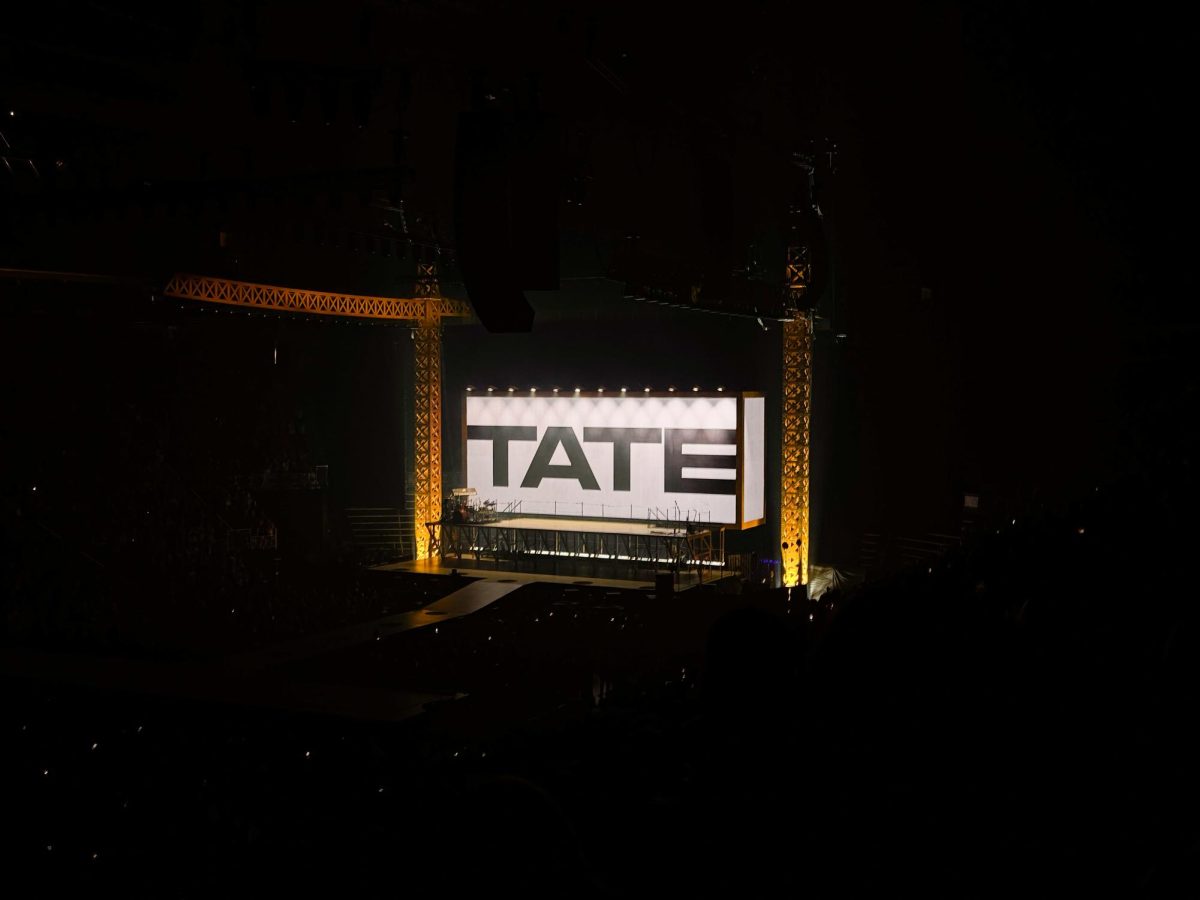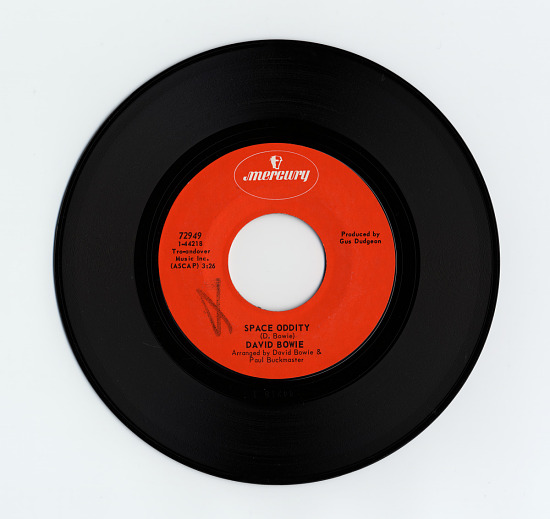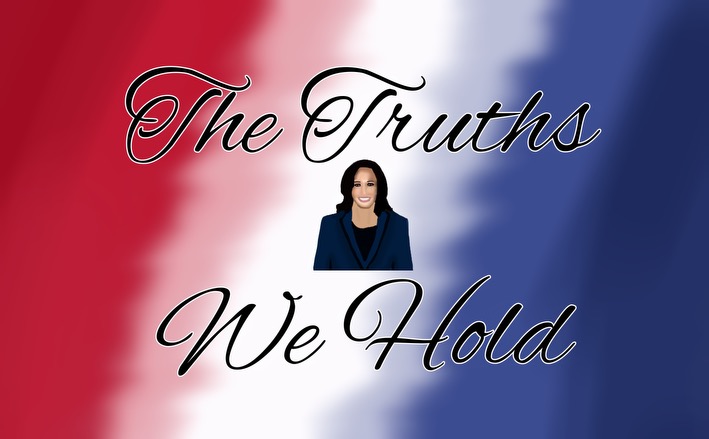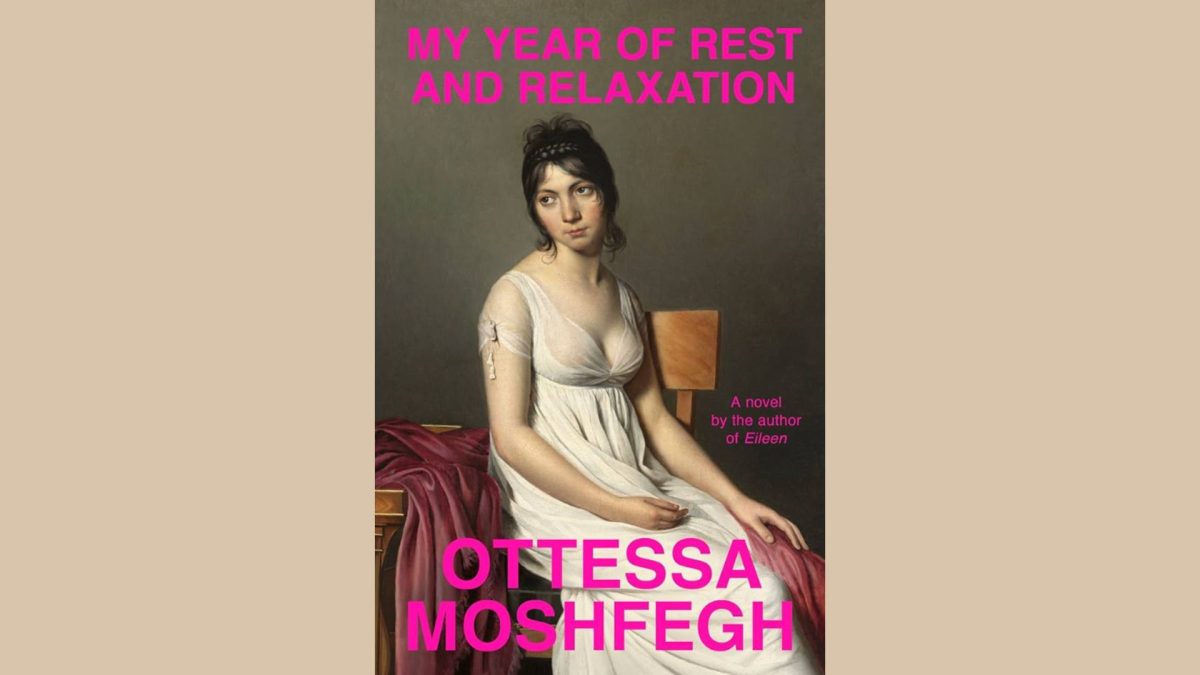The cover of Freakonomics has a straightforward introduction to the book. It’s about a rogue economist who explores the hidden side of everything. Throughout Freakonomics, the authors address that the book will peel back the surface and reveal what is happening amongst an economic or social event. The book provides insights into scenarios in ways that have yet to be examined. However, the most notable aspect is that the authors specifically address that there is no central theme in Freakonomics. It only examines people’s incentives and statistical outcomes through different lenses.
Gang violence in the Chicago area is one of the scenarios examined in Freakonomics. According to the data from the book, a foot soldier under the Black Disciples franchise in Chicago makes approximately $3.3 per hour at the time when the data is collected, which is less than the minimum wage at the time when the book was written. So what incentivizes people to become gang members?
An explanation provided by the authors is that, “when the price is high enough, people will form a line down the block just hoping for a chance.” A gang leader makes approximately $100,000, tax-free, a very considerable amount of money at the time (note: Freakonomics was published in 2005, so inflation is a factor that needs to be considered). It is the same incentive for a high school point guard wanting to play in the NBA; a behavior that responds to incentives. Inherently, people are competing for the few positions that offer high prizes. Gang members, or a high school point guard, all want to succeed in a competitive field where the prize for the top is very significant.
Another example cited by the authors is the murder rate in the United States, which had dropped significantly during the 2000s, when multiple experts predicted that the crime rates would keep rising after the 1990s. The authors cited theories that the “experts” claimed resulted in the crime rate dropping during the 2000s, including a roaring economy, innovative police policies, or the proliferation of gun control laws. However, the theory offered by the authors is the legalization of abortion in 1973. He argued that children born into adverse family circumstances are more likely to become criminals, and the millions of women who went through abortions are usually poor, unmarried or young, all coming from disadvantaged backgrounds. As a result, the crime rate started to plummet when these unborn children reached their theoretical “criminal prime” years later.
The authors also examined an interesting scenario: the naming of a child in relation to their future success. Data showed that a person with a distinctive black name, on average, does have a worse life outcome than a person with a distinctive “white” name, for example, Jake and Deshawn. However, the data is one-sided, as the study also shows that if two boys with a distinctive black name and white name lived in similar familial and economic circumstances, they would likely have similar life outcomes. The authors argued that the bias in the data is influenced by the fact that parents who choose names like Jake and Deshawn typically do not reside in the same neighborhoods or have similar economic circumstances.
One of the key points that the authors address in Freakonomics is that the data itself doesn’t reflect anything; the statistics only show a correlation rather than cause and effect. It is the experts’ job to interpret the data and correlation, then form a hypothesis that explains a particular scenario.
Freakonomics doesn’t have a central theme throughout the book; it only examines different scenarios and provides in-depth insights into that particular topic. It helps readers build a fundamental understanding of people’s incentives and unveils a potential theory that explains many straightforward yet complex cases in real life.
















